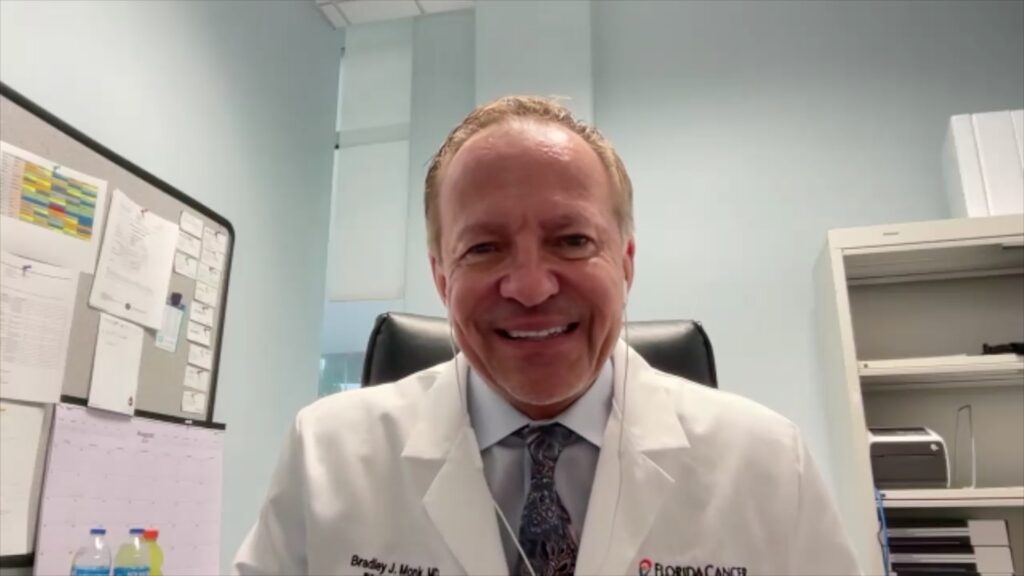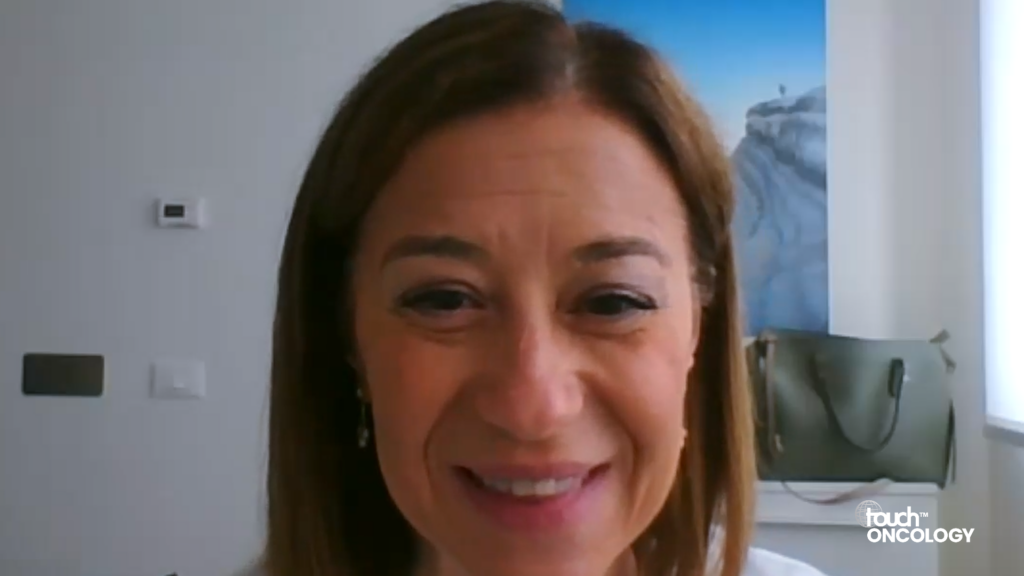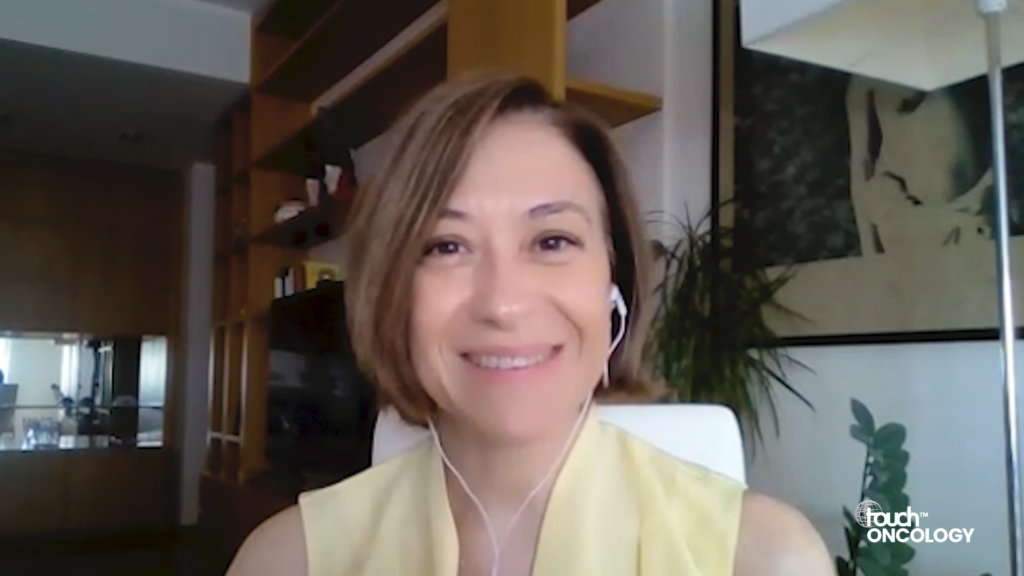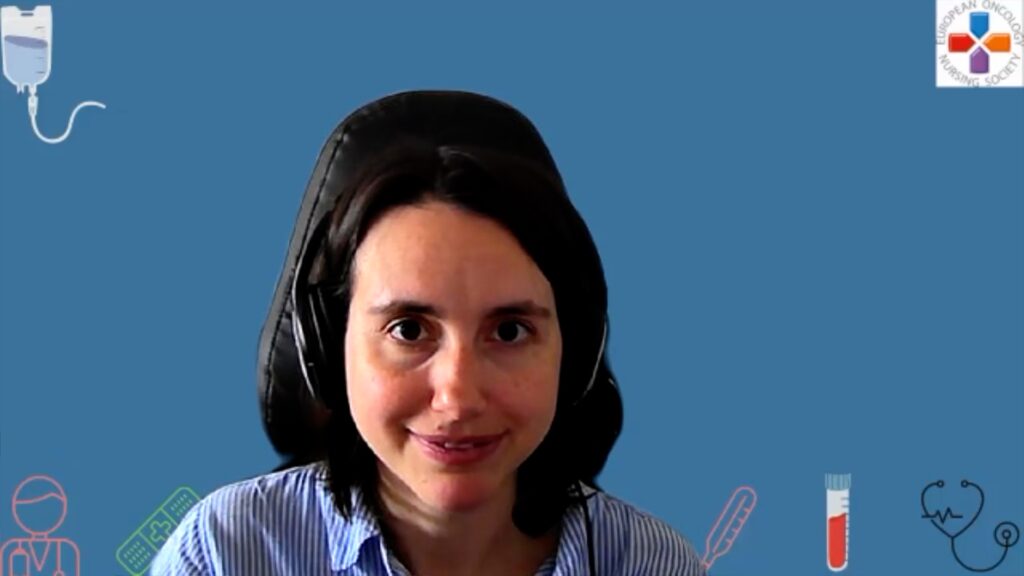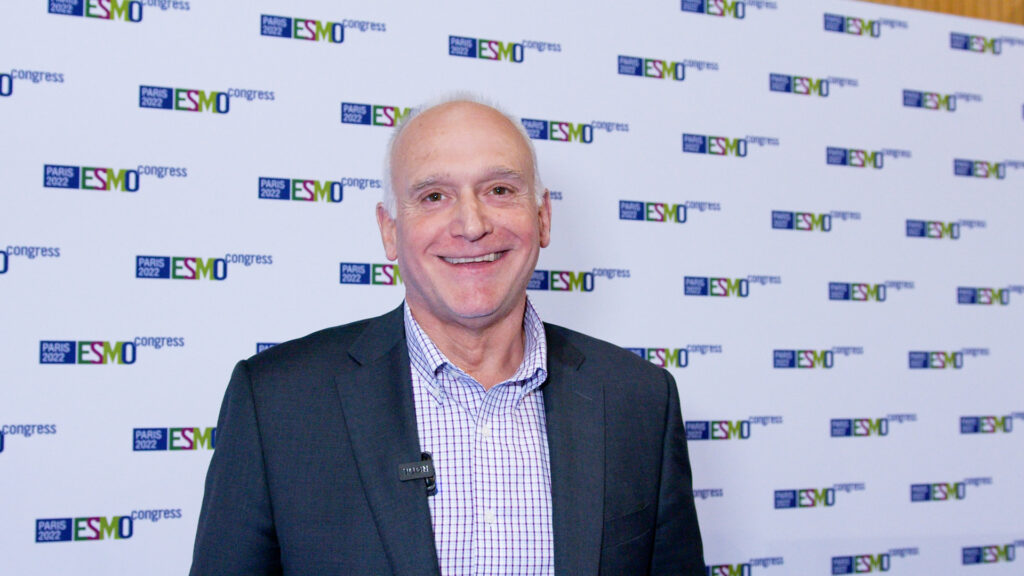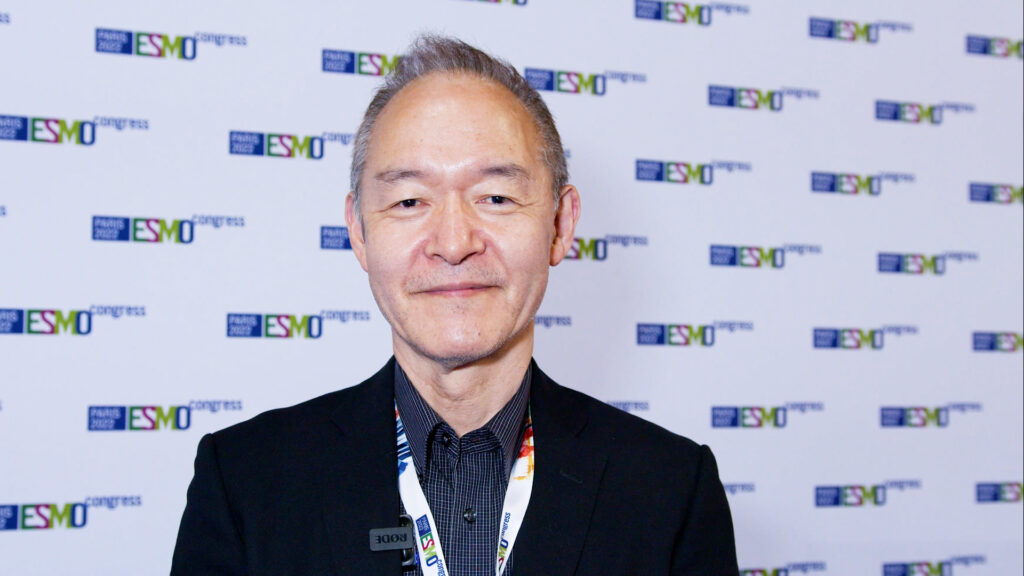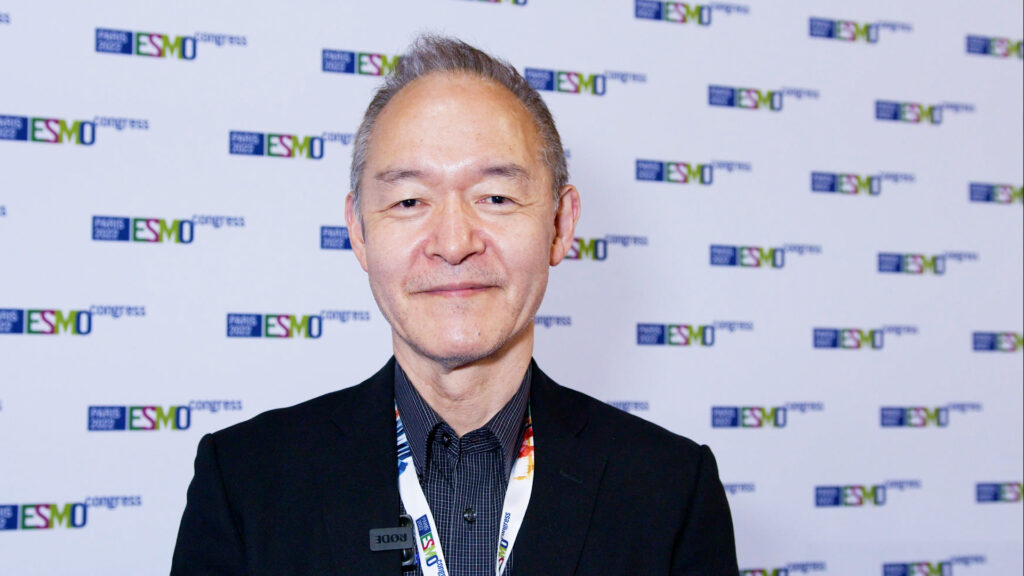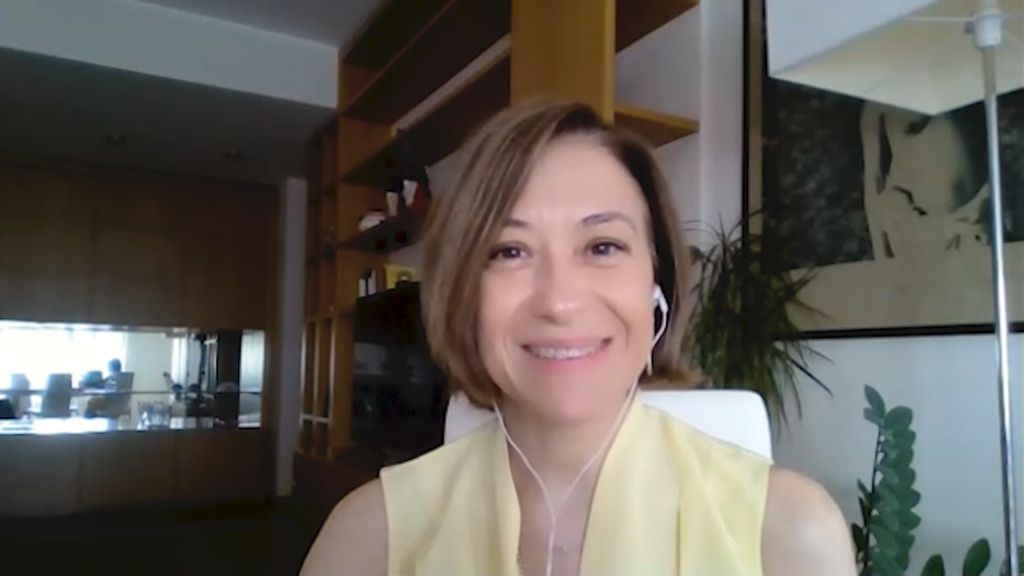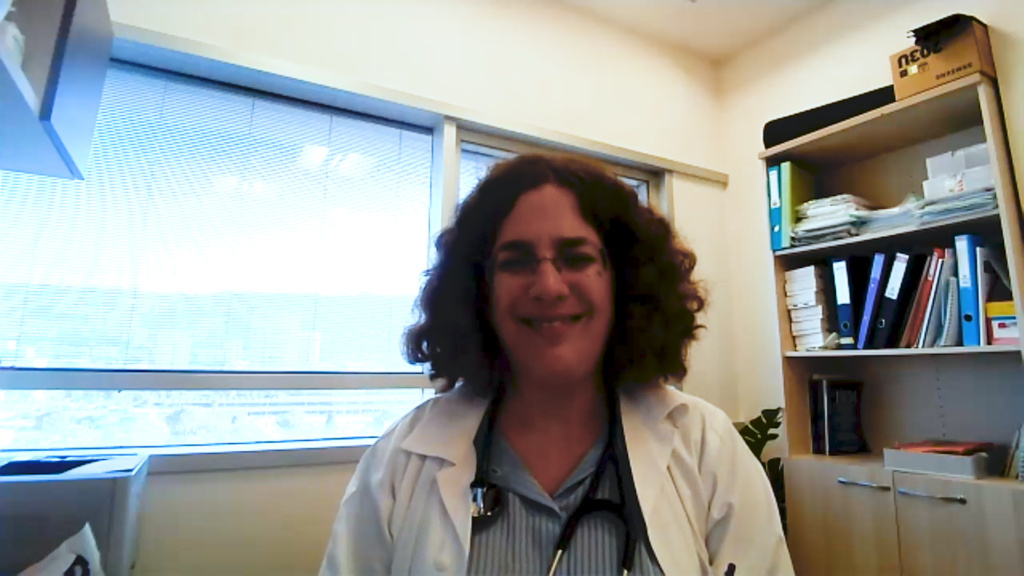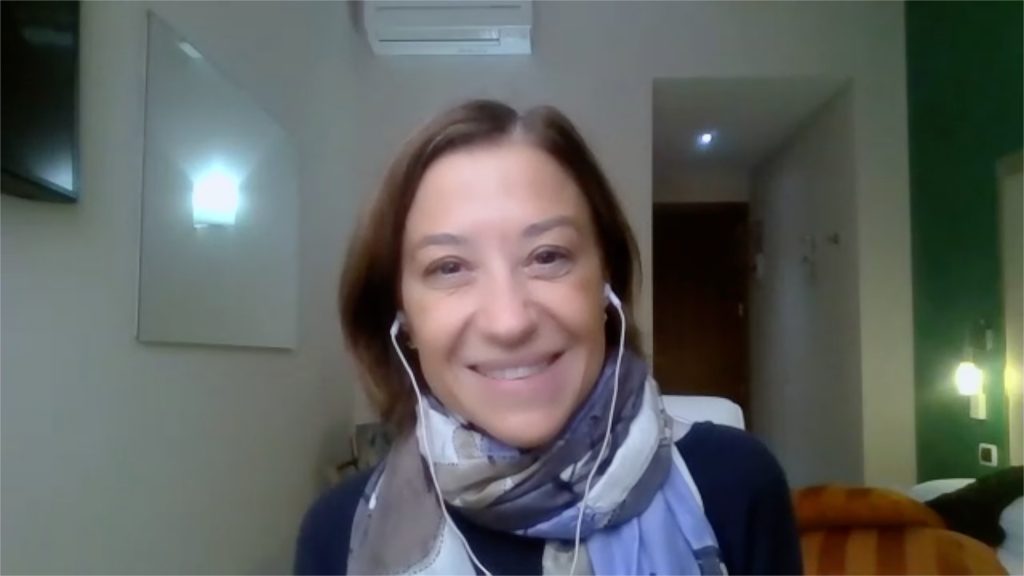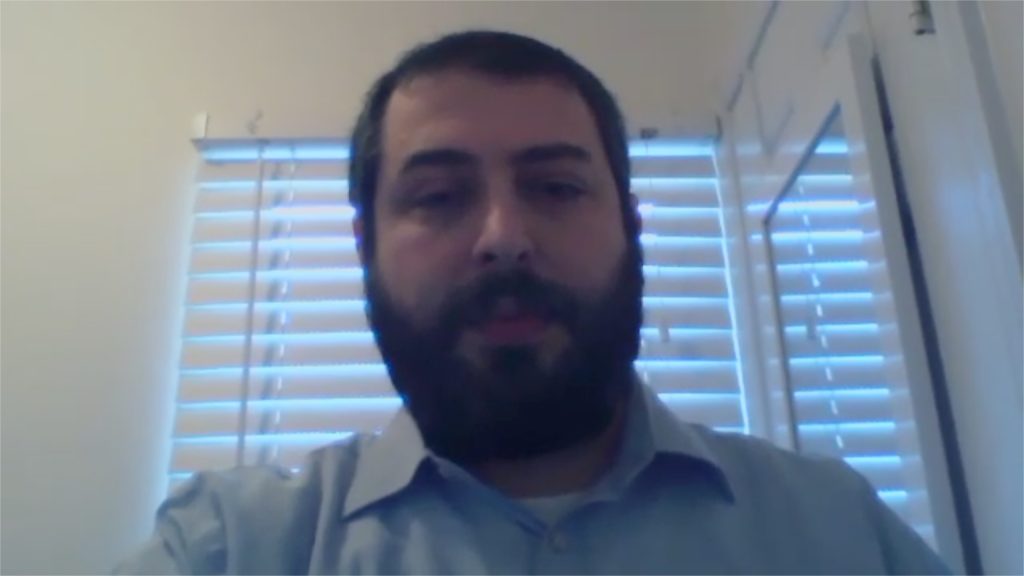touchONCOLOGY coverage of data presented at ESGO 2024:
The annual European Society of Gynaecological Oncology (ESGO) Congress, held from 7–10 March 2024, in Barcelona, Spain, celebrated its 25th anniversary this year. This year’s congress brought together over 2,500 participants from all over the world, and featured groundbreaking research, clinical advancements and professional development opportunities.
As with every year, the ESGO Congress covered a wide array of topics in gynaecological oncology, including cervical, ovarian and endometrial cancers. Key data presented at the congress not only highlighted significant advancements in these areas but also provided insights that could shape future clinical practices.
President-Elect of ESGO, Prof. Jalid Sehouli, joins touchONCOLOGY to discuss highlights and key topics from the congress and what he hopes for ESGO in the coming year.
Questions:
- What do you think was the main focus of this year’s ESGO Congress? (0:19)
- The SENTIX trial’s final survival data showed impressive outcomes for patients with early-stage cervical cancer. Can you elaborate on how these results might influence current surgical approaches and the potential shift towards sentinel lymph node biopsy as a standard practice? (0:52)
- The COPELIA trial highlighted significant improvements in progression-free survival and objective response rate with the combination of cediranib and paclitaxel in patients with endometrial cancer. Could you discuss the implications of these findings for future treatment protocols and how they might change the therapeutic landscape for advanced endometrial cancer? (1:53)
- The MIRASOL trial reported promising results for mirvetuximab soravtansine, an antibody–drug conjugate (ADC), in platinum-resistant ovarian cancer. What strategies are being considered to manage the side effects associated with ADC therapy, and how do you see its role evolving in clinical practice? (3:12)
- What would you like ESGO’s main focus to be for the coming year? (5:26)
- Is there anything else you would like to add? (6:15)
Further coverage of ESGO 2024 can be found here.
Associated references:
- ClinicalTrials.gov. Sentinel Lymph Node Biopsy in Patients With Early Stages Cervical Cancer (SENTIX). ClinicalTrials.gov Identifier: NCT02494063. Available at: https://clinicaltrials.gov/study/NCT02494063 (accessed 13 June 2024).
- Cibula D, Marnitz S, Klát J, et al. 444 Survival of patients with early stages cervical cancer after SLN biopsy without systematic pelvic lymphadenectomy: survival outcomes of the SENTIX prospective single-arm international trial (CEEGOG CX-01; ENGOT-CX2). Int J Gynecol Cancer. 2024;34:A7–8.
- ClinicalTrials.gov. Does Cediranib With Paclitaxel, or Cediranib and Olaparib, Treat Advanced Endometrial Cancer Better Than Paclitaxel? (COPELIA). ClinicalTrials.gov Identifier: NCT03570437. Available at: https://clinicaltrials.gov/study/NCT03570437 (accessed 18 June 2024).
- Clamp AR, Porter C, White A, et al. 407 COPELIA: a 3-arm randomised phase II trial of weekly paclitaxel with or without cediranib or olaparib with cediranib in recurrent endometrial cancer. Int J Gynecol Cancer. 2024;34:A17–8.
- ClinicalTrials.gov. A Study of Mirvetuximab Soravtansine vs. Investigator’s Choice of Chemotherapy in Platinum-Resistant, Advanced High-Grade Epithelial Ovarian, Primary Peritoneal, or Fallopian Tube Cancers With High Folate Receptor-Alpha Expression (MIRASOL). ClinicalTrials.gov Identifier: NCT04209855. Available at: https://clinicaltrials.gov/study/NCT04209855 (accessed 18 June 2024).
- Garcia YG, Gorp TV, Konecny GE, et al. 360 Health-related quality of life in patients with FRα positive platinum-resistant ovarian cancer treated with mirvetuximab soravtansine vs. investigator’s choice chemotherapy: analysis from the phase 3 MIRASOL trial. Int J Gynecol Cancer. 2024;34:A34–5.
- Rosa K. FDA Grants Full Approval to Mirvetuximab Soravtansine for FRα+ Platinum-Resistant Ovarian Cancer. OncLive. 22 March 2024. Available at: www.onclive.com/view/fda-approves-mirvetuximab-soravtansine-for-fr-platinum-resistant-ovarian-cancer (accessed 19 June 2024).
Disclosures: Prof. Jalid Sehouli discloses Grant/Research Support from Roche AstraZeneca, Bayer, Clovis Oncology, GlaxoSmithKline, Lilly, Tesaro, Iqvia, Mural, MSD; Advisory Board activites for AstraZeneca, Eisai, MSD, GlaxoSmithKline, Novocure, Intuitive Surgical Deutschland GmbH, Seagen, Bayer Vital GmbH, Mundipharma GmbH, PharmaMar, Sanofi-Aventis Deutschland GmbH, Immunogen, Tubulis GmbH, Daiichi Sankyo; and Honoraria from Tesaro, GlaxoSmithKline, PharmaMar, AstraZeneca, Clovis Oncology, Bayer, Roche Pharma, Vifor Pharma, Hexal AG, Novartis Pharma, Eisai, Esteve Pharmaceuticals, Incyte Biosciences, Phytolife Nutrition, JenaPharm, Kyowa Kirin, Oncoinvent AS, Daiichi, Medtronic Covidien, and AMGEN.
This content has been developed independently by Touch Medical Media for touchONCOLOGY. It is not affiliated with the European Society of Gynaecological Oncology (ESGO). Unapproved products or unapproved uses of approved products may be discussed by the faculty; these situations may reflect the approval status in one or more jurisdictions. No endorsement of unapproved products or unapproved uses is either made or implied by mention of these products or uses by Touch Medical Media or any sponsor. Views expressed are the speaker’s own and do not necessarily reflect the views of Touch Medical Media.
Transcript
Hello. I’m Jalid Sehouli. I’m the director of the Department of Gynaecology with the Center of Oncological Surgery. I’m a member of the council and president-elect of the European Society of Gynaecology.
What do you think was the main focus of this year’s ESGO Congress?
ESGO 2024 was an amazing event. I love it! Because this is one of the meetings where you really can go and have dialogue with experts from all over the world and to discuss the recent developments in ovarian, cervical, endometrial and rare diseases, and that’s the best place. I love it because we use these dialogues to think what we can do better in planning and conducting clinical trials.
The SENTIX trial’s final survival data showed impressive outcomes for patients with early-stage cervical cancer. Can you elaborate on how these results might influence current surgical approaches and the potential shift towards sentinel lymph node biopsy as a standard practice? (0:52)
I think it’s a very big event to see that observational trials can confirm the results from clinical trials. That’s the reason why I like the SENTIX trial because it’s very close to real-world data and to clinical practice, and [it] confirms the high value of introducing center node technique in early stage cervical cancer, to define who really needs lymph node dissection and who [does] not, because we know that lymph node dissection, in the case of surgery or in combination with radiochemotherapy, induces high mobility in our patients, and that’s the reason I love to de-escalate surgical efforts in cervical cancer.
The COPELIA trial highlighted significant improvements in progression-free survival and objective response rate with the combination of cediranib and paclitaxel in patients with endometrial cancer. Could you discuss the implications of these findings for future treatment protocols and how they might change the therapeutic landscape for advanced endometrial cancer? (1:53)
Endometrial cancer experiences amazing development. We know it’s not anymore a ‘Cinderella disease’. It’s one of the best diseases to show that personalized medicine is really beneficial for the patients. We know that based on the introduction of checkpoint inhibitors from heavily pretreated patient to first-line treatment, the landscape is changing. That’s the reason why we need further options. And that’s the reason I was really impressed by the trial of the COPELIA in patients with relapsed endometrial cancer using the antiangiogenic approach, introducing to paclitaxel weekly cediranib in combination or alone with olaparib. The addition of the antiangiogenic [agent] has showed improvement, and I think there’s a big need to introduce antiangiogenesis in endometrial cancer, especially if we furthermore introduce PARPs even in the first-line setting, and that’s the reason I was really very impressed by the data.
The MIRASOL trial reported promising results for mirvetuximab soravtansine, an antibody–drug conjugate (ADC), in platinum-resistant ovarian cancer. What strategies are being considered to manage the side effects associated with ADC therapy, and how do you see its role evolving in clinical practice?
Ovarian cancer is really one of the diseases where you can see that every element of the multimodal approach of surgery, chemotherapy and maintenance treatment has really changed the prognosis of ovarian cancer and the underlying need to introduce patients with ovarian cancer into centers and networks of excellence.
Despite the fact that we increase cure rates in ovarian cancer, many patients relapse. You can do surgery after surgery in selected patients. You can do chemotherapy after chemotherapy in the relapse setting in selected patients. You can even do PARP after PARP or antiangiogenesis after antiangiogenesis. But nevertheless, if you repeat something, you need to modify. And that’s the reason I’m really impressed and happy that we have now introduced a new class of cancer treatment, the ADC – the antibody–drug conjugate – in ovarian cancer with mirvetuximab in platinum-resistant disease. And we are even ongoing, looking for further options in the second line with combination with platinum sensitivity. I have several patients [being treated] with mirvetuximab, and we’ve seen different toxicity profiles, including eye toxicity. But with the eye care plan and the awareness of this possible eye toxicity, I can tell you it’s very tolerable. Nevertheless, we have to educate to train the patients and the doctors and the nurses, and to use even cooling eye drops, and to be very aware that you go with healthy organs, including the eyes, into a cancer treatment. But, again, it’s a very tolerable treatment, and it’s amazing increase of our landscape in ovarian cancer salvage treatments options.
What would you like ESGO’s main focus to be for the coming year?
I think the ESGO congress is really the best congress for gynaecologists and people who are really dedicated to women cancers, and to be very, very informed about the recent updates of clinical trials, and even how to learn from experienced surgeons, including open surgery, robotic-assisted surgery and minimally-invasive surgery. I continue this dialogue from the lab to the patient’s bed, and so I’m happy to see you all in Roma next year.
Is there anything else you would like to add?
Yes. Because research is more than only doing clinical trials. Research is going into discussion with experts. Researchers need to [not only] think locally, nationally, regionally, (European), but globally. This is, I think, the best place for us to go to ESGO and think much more about global health activities. We are active in prevention, in secondary and tertiary prevention, and in screening.
And I really love at the ESCO congress to meet all my colleagues from South America, from the US, from Africa, from Asia, from all places in the world. Because at the end of the day, what we have to define is to bring better treatments to all women in this wonderful world, because there’s only one world. That’s the reason. Please go to ESGO.
Interviewer/Editor: Helen Bowden
Cite: Sehouli J. Insights from ESGO 2024. touchONCOLOGY. August 5 2024.



